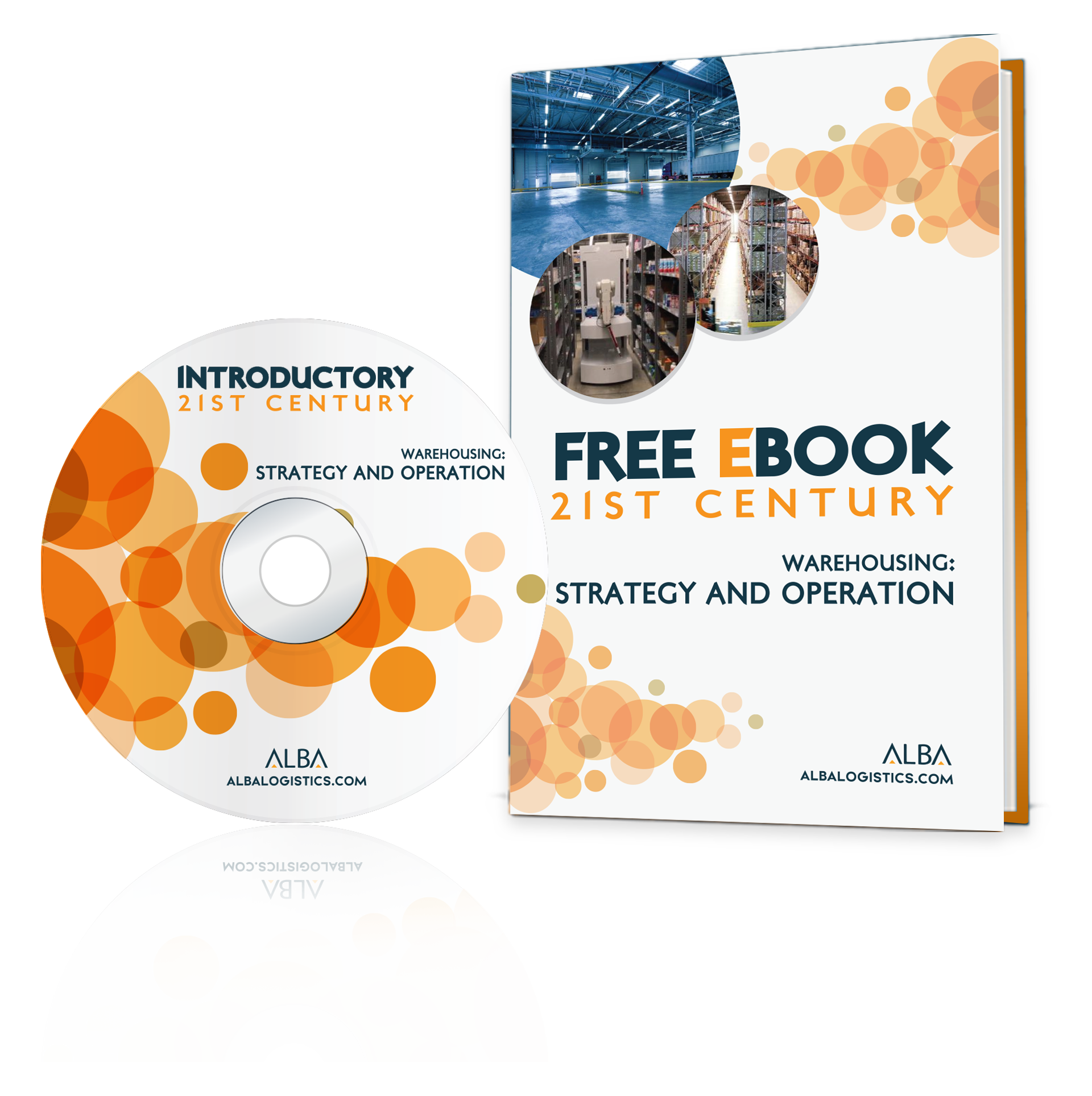Patrick’s Monday Vista #3- Where in the World?
Taking your business international is an extended journey along a route with many milestones, obstacles, defeats and victories. At first, many start their international adventure importing and exporting, whether by necessity, design or accidental opportunity. Later some progress on to limited foreign production, distribution or sales, using in-market partners. Later still, others may pursue the international voyage to full-scale foreign direct investment becoming truly multi-national businesses.
Determining which markets to enter and where to locate sales, distribution and production facilities is a complex undertaking. Many have made the move to overseas production in Asia and Eastern Europe primarily in response to perceived labour cost advantages. However, labour cost is just one factor among many to be considered when determining the feasibility and desirability of alternative overseas locales. Other factors such as the availability of supplies, taxes and incentives, as well as transportation and communications infrastructure are just a few of the many other variables to be considered.
Further challenges are presented by the fact that none of these factors is static but rather in continuous flux in a volatile and uncertain world where technological, financial and political change can be rapid and unexpected. By way of example, just recentlywe have seen rising wage rates in China, spectacular falls in energy and commodity prices, and extreme political instability in places like Syria and Ukraine – all developments that can have major impacts on the decision-making process.
Regardless of the volatility and uncertainties that exist, many businesses today are compelled to internationalize if they aim to grow and thrive in a competitive globalized economy. It is not really an option to operate solely within home markets if they hope to continue to deliver value for their employees, shareholders and customers.
The real challenge is how and where to find the quality information, data, knowledge and expertise to guide the selection process between alternative options or to evaluate an opportunity that may present itself in an unforeseen manner at a specific time.
While the available data on developing countries in particular can often be obsolete and inaccurate a structured approach, using a multifunctional internal team supplemented if necessary with external experts can help to minimise the risks associated with the “liability of foreignness” when entering new markets.
High-level scanning and comparison of markets can be done using publicly available sources such asthe reports and statistics prepared by international organizations (WTO, OECD, UN etc.), government agencies, trade associations as well as banking, legal and accountancy firms. This can help to narrow down the options to those locations that best match the requirements of the business.
Thereafter, detailed analyses using grids and matrices with weighted criteria aligned with the strategy and objectives of your business can help in the final decision-making process. Ultimately, the quality of the intelligence gathered through in-market visits and trusted private networks and contacts will determine the quality of the decisions taken and the resilience of the strategies and configurations ultimately chosen and implemented.

